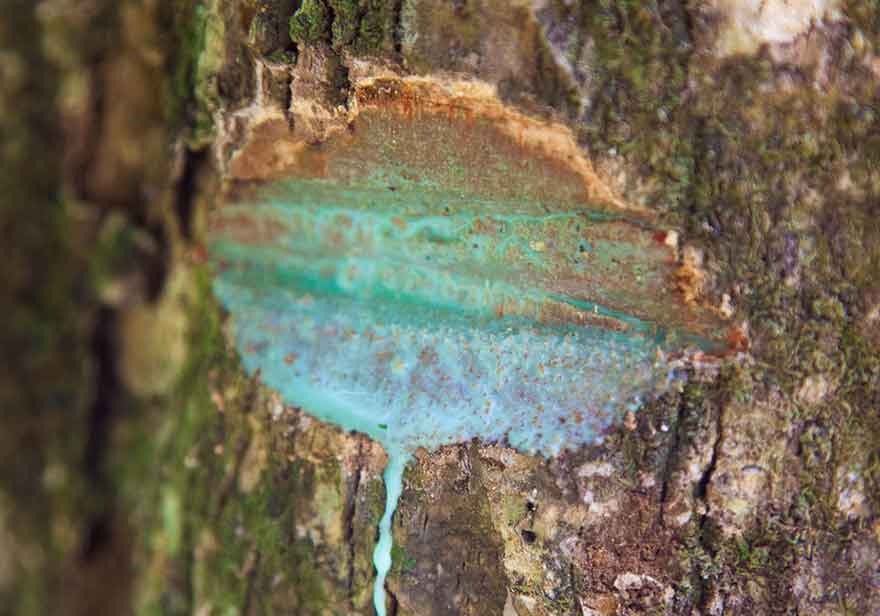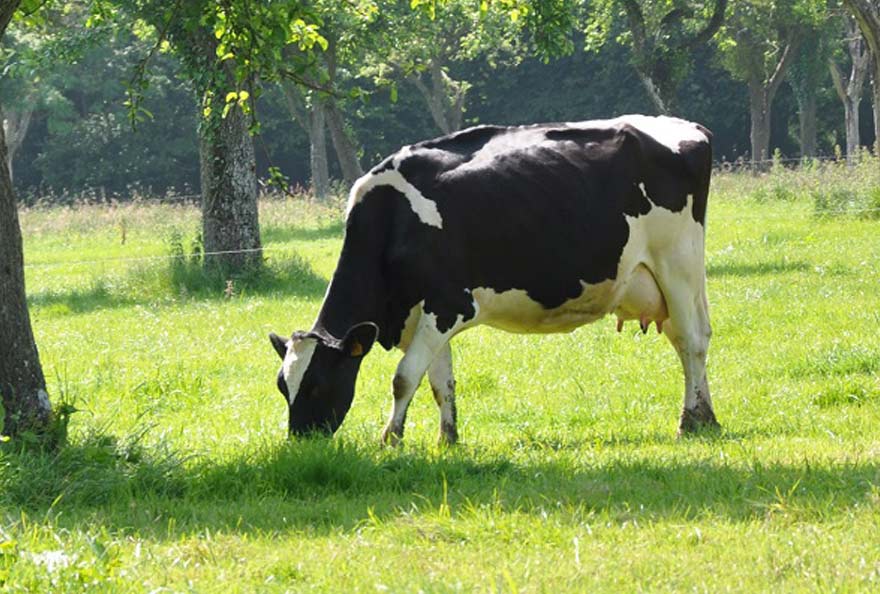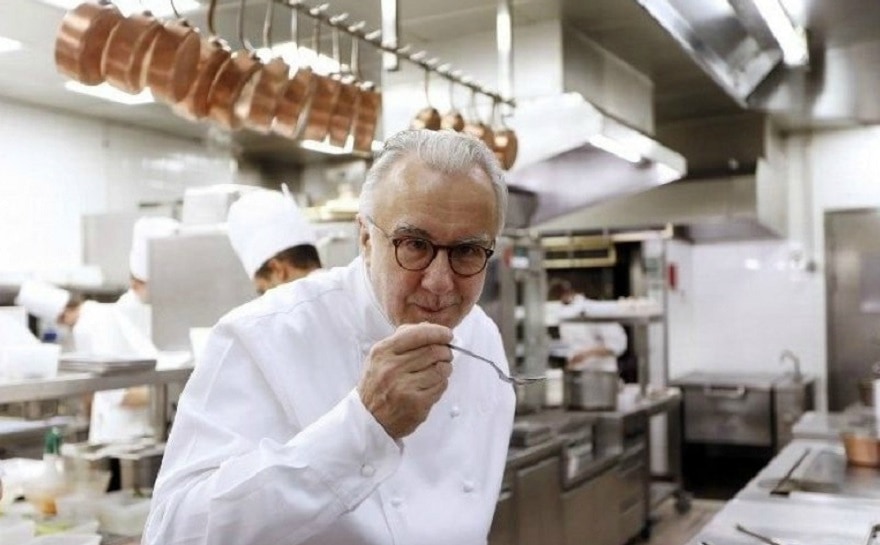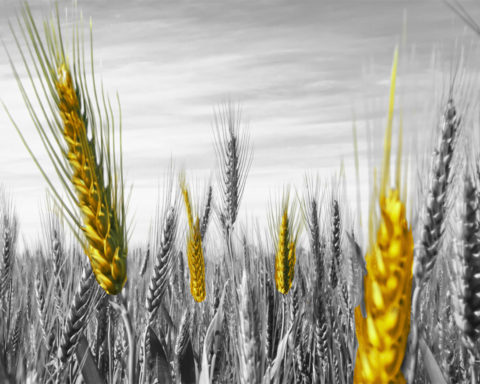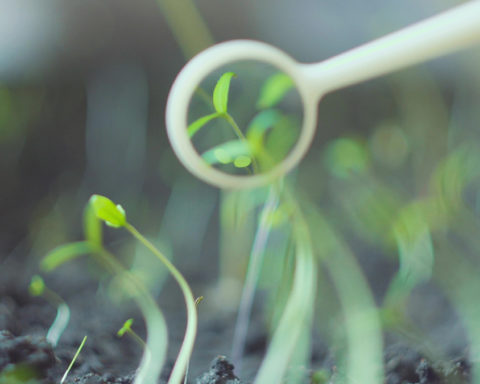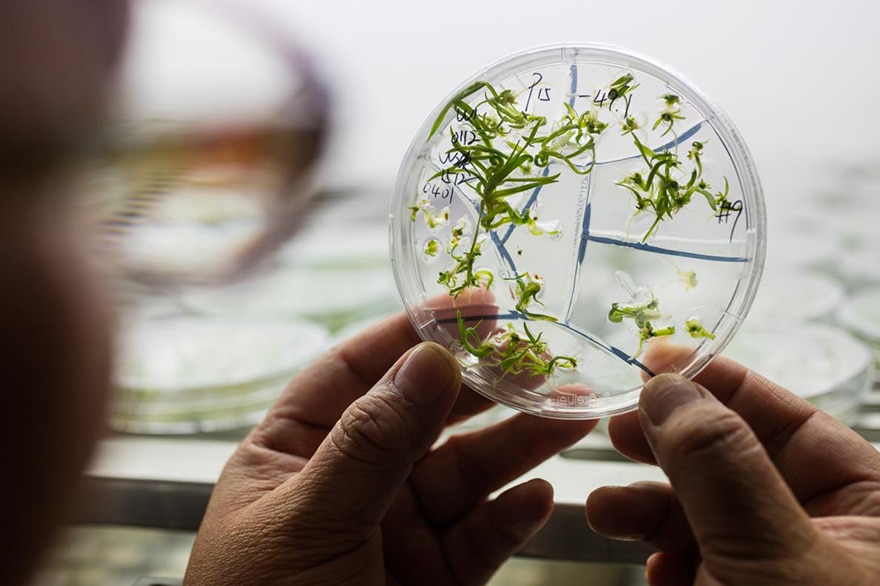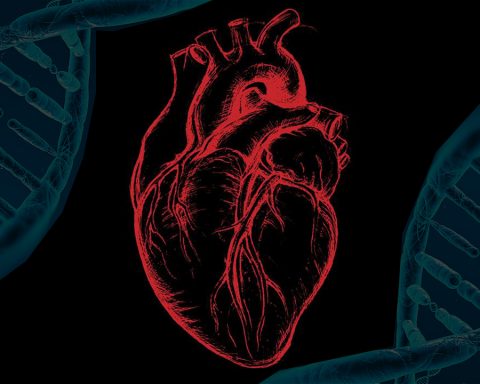The development of the world economy is leading to an ever-increasing demand for so-called "strategic" metals. These are metals that are needed in huge quantities to supply industry, such as the nickel - or metals with properties essential to new technologies, but whose resource is either very limited or very localized (e.g., the "rare earths").
Aoday, the richest and most concentrated deposits have been depleted for many metals and are being replaced by larger deposits with lower grades, such as the copper. For example, some of the ores excavated and processed for nickel mining do not even contain 1 % of metal!
In the future, therefore, the mineral industry will not be able to do without so-called "secondary" resources, obtained through the recycling of urban waste deposits, the use and re-use of low-grade ores or mine tailings.
Giant and disruptive operations
In recent years, the exploitation of less concentrated reserves has thus required the opening of gigantic open-pit mines. In New Caledonia, to extract nickel, thousands of hectares of lateritic soil are systematically stripped. These soils, which take millions of years to form, correspond to the ultimate end of soil evolution in humid tropical environments.
Stripped land, here in Indonesia, as a result of nickel mining. William Echevarría, Author provided
These regions represent unique reservoirs of biodiversity, and nickel lateritic mining affects these ecosystems on a large scale. They are disappearing and being replaced by slag heaps on which rainwater runs off. Vegetation is struggling to re-establish itself in these environments.
The end of exploitation of such mines must now be accompanied by a strategy to restore ecosystems. The aim is to reestablish the initial biodiversity on these degraded, remodelled areas composed of rock and sterile materials.
Plants that are hyper-accumulators of metals can serve such purposes.
These plants could also allow the recovery of metals contained in mine waste rock or in mineralized zones with very low strategic metal content that cannot be exploited by conventional mining processes.
How plants accumulate metals
The hyper-accumulating plant Alyssum murale found in Albania. William Echevarría, Author provided
Hyperaccumulation is the result of the plant's genetic adaptation to highly mineralized environments; it is expressed by a high concentration of metals in the aerial parts (leaves, stems, flowers, fruits) after having actively drawn them from the soil by the roots.
For these hyper-accumulative plants, metals are among the major mineral elements along with essential elements such as nitrogen, phosphorus and potassium.
This accumulation in the aerial parts generally reaches 100 times that of non-accumulating plants growing on the same soils. This extraordinary phenomenon has already been reported for more than 20 different elements (aluminium, cadmium, cobalt, manganese, nickel, zinc, rare earths, etc.) and for a diversity of botanical families and genera comprising almost 1,000 species known to date.
Cultivate hyperaccumulation
L’agromine refers to the cultivation of these hyper-accumulative plants on naturally mineralized soils or on land abandoned by mining operations.
The goal is to produce plant material (biomass) that can be used as a source of energy and strategic metals for industry. The metals contained in the plants are separated and purified in order to subsequently produce salts with high added value.

The different stages of agromin, here with the Alyssum murale plant found in Albania. Baptiste Laubie, Author provided
This technique, born in the late 1980s, was developed in the early 1990s by the United States Department of Agriculture, the University of Lorraine and the Agricultural University of Tirana. After more than 20 years of research, the technology is finally ready for certain resources, such as nickel.
A European network - which implements this technology in Albania, Austria, Spain, France and Greece - was born. It is based on several multi-partner research projects funded by the European Union and the French National Research Agency.
Developing innovative processes
The second strategic step for the development of agromine is the development of innovative processes to valorise the biomass of the plants produced. The energetic valorization of this biomass allows, on the one hand, the recovery of energy by combustion. On the other hand, the ash produced after combustion is the richest nickel ore currently on the market (10 to 20 % of Ni).
We have developed in Lorraine and Australia metallurgical processes which already allow the production of pure Ni salts (Double ammonium nickel sulphate, purity > 99.5 %).
In Europe, there are thousands of km2 of ultramafic soils, environments naturally well endowed with nickel, which can be the subject of agromine. They are also home to a biodiversity that constitutes a unique natural heritage, as is the case in the Balkans.
The Balkans, a region rich in ultramafic soils. William Echevarría, Author provided
Agricultural activity in these regions is difficult because of the particular constraints imposed by these soils (low fertility, nickel toxicity) and farmers' incomes are very low. Agromine represents here an alternative for these lands and farmers have the possibility to modify their cropping system by introducing a very profitable cash crop.
Agromine is therefore part of a long-term approach to rehabilitating these devastated lands, while opening up new prospects in the production and recycling of strategic metals.
William EchevarríaProfessor in soil biogeochemistry, expert in agromine, Laboratoire Sols et Environnement INRA-, Lorraine University; Antony van der EntUniversity of Queensland Research Scientist, Sustainable Minerals Institute - Visiting Scientist at the Soils and Environment Laboratory, INRA,; Jean-Louis Morel, Professor of Environmental Biology, Soils and Environment Laboratory, University of Lorraine, INRA, and Marie-Odile SimonnotProfessor in Process Engineering, EEIGM, Reactions and Process Engineering Laboratory, CNRS-University of Lorraine
The original text of this article was published on The Conversation.

